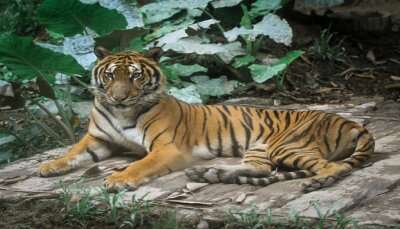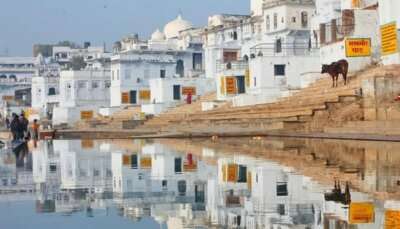Journey To Subramanya Swamy Temple – A Spiritual Odyssey
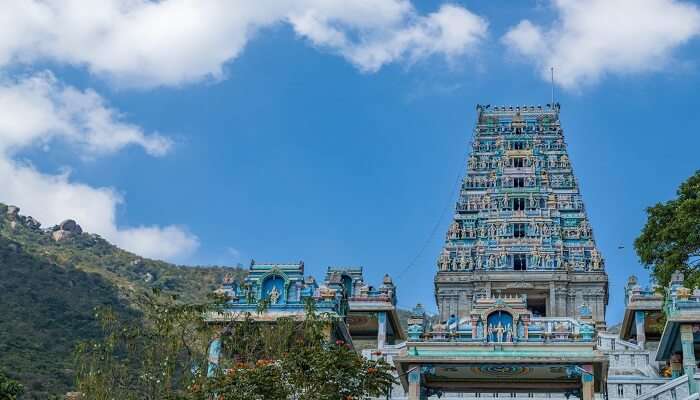
The Subramanya Swamy Temple, built in Karnataka, is evidence of India’s rich cultural legacy. Dedicated to Lord Kartikeya, the son of Lord Shiva, this famous temple is a mesmerising display of architectural magnificence and spiritual importance. With its finely carved gopuras (towers) and captivating statues, the temple transports you to a period of intense devotion and creative expertise.
As soon as you walk in, you will feel calm and respectful, with ancient prayers echoing from every crevice and corner. Are you curious about the temple’s history? Read this article to learn more about Kukke Sri Subramanya Swamy Temple.
An Overview
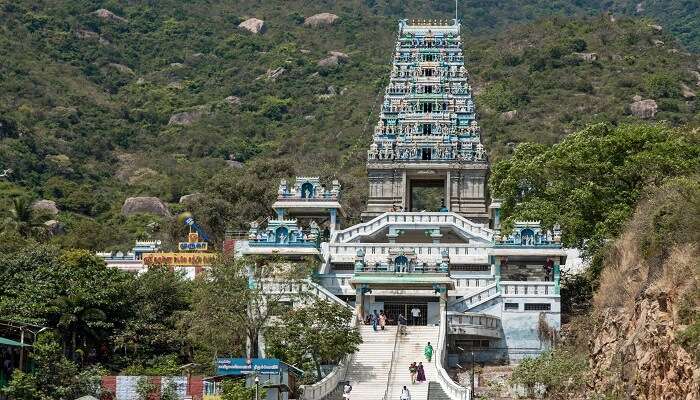
The Kukke Subramanya Swamy Temple is a prominent Hindu shrine in the Subramanya village in Karnataka’s Dakshina Kannada district. This temple venerates Lord Kartikeya, also known as Subramanya, who is revered as the deity of all serpents.
Nestled amidst the Western Ghats, the temple is surrounded by lush evergreen forests and the Kumaradhara River. The river is notably recognised for its connection with the divine serpent Vasuki and other serpents who sought refuge under Subramanya when threatened by the Garuda.
Must Read: Temples In Ajmer
Kukke Subramanya Swamy Temple History: The Folklore Behind
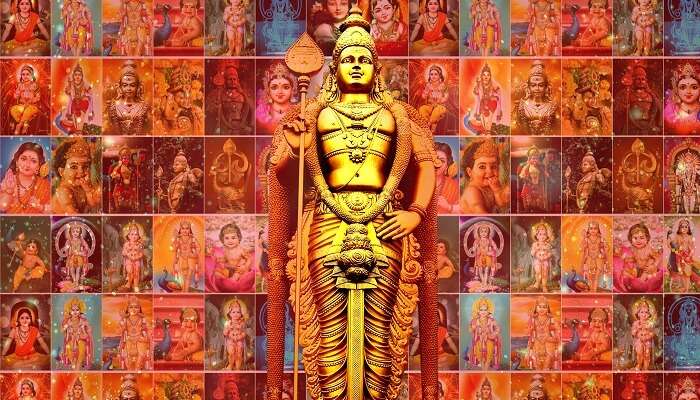
According to ancient legends, after triumphantly defeating the demon rulers Tharaka, Shura Padmasurya and their followers in an epic war. Lord Kumaraswamy journeyed to Kumara Parvatha along with his brother Lord Ganesha and a few others. Upon arriving at the sacred mountain, Lord Kumaraswamy was warmly received by Lord Indra and his celestial attendants.
Overjoyed by Lord Kumaraswamy’s victory, Lord Indra requested that the Lord marry his daughter, the divine Devasena. Lord Kumaraswamy gladly agreed, and the divine union was solemnised on the auspicious day of Margashira Shudha Shashti (the sixth day of the bright fortnight in the month of Margashira) at Kumara Parvatha. The sacred marriage ceremony was graced by revered deities such as Lord Brahma, Lord Shiva, and others, who blessed the newlyweds.
During his stay at Kumara Parvatha, Lord Kumaraswamy also gave the Serpent King Vasuki an audience. Vasuki had been performing intense penance (tapas) in the Biladwara caves of Kukke Subrahmanya for many years, seeking refuge from Lord Garuda’s relentless pursuit. When Vasuki humbly requested that Lord Kumaraswamy forever reside at that sacred place, the Lord compassionately agreed to remain there eternally with his ardent devotee.
It is believed that from that time onwards, Lord Kumaraswamy, accompanied by his divine consort Devasena and the Serpent King Vasuki, has graced the Kukke Subrahmanya Temple with his spiritual presence. To commemorate this auspicious event, a grand festival is celebrated annually on Margashira Shudha Shashti, during which special pujas (rituals) are offered to the Lord.
Temple Design and Architecture
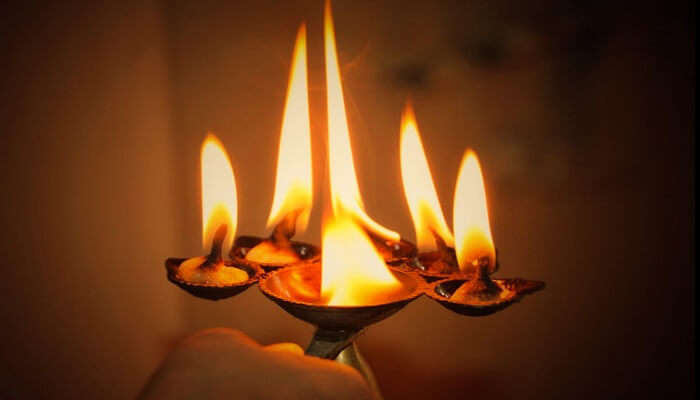
The Kukke Subramanya Swamy Temple, with its delicate carvings and detailed sculptures, is a testament to the architectural styles of the Hoysala and Vijayanagara periods. Before entering the temple, devotees purify themselves by taking a holy dip in the Kumaradhara River.
Interestingly, the main entrance faces east, but most devotees enter through the western Gopuram (gateway tower) and circle to reach the eastern courtyard. A silver-plated Garuda Kamba (pole) stands between the sanctum and the entrance, believed to shield devotees from the poisonous breath of Vasuki, a serpent deity. Beyond the pillar lies the inner sanctum, where devotees find Sri Subrahmanya enshrined with Vasuki on a higher pedestal.
The temple comprises two halls, with the inner one leading to the sanctum. The idol of Lord Subramanya is kept in the sanctum. Below the pedestal is a sculpture of Subramanya with Vasukiis, an idol of Sesha. Daily worship is performed for these deities.
Suggested Read: Kartik Swami Temple
Pooja To Do At Kukke Subramanya Swamy Temple
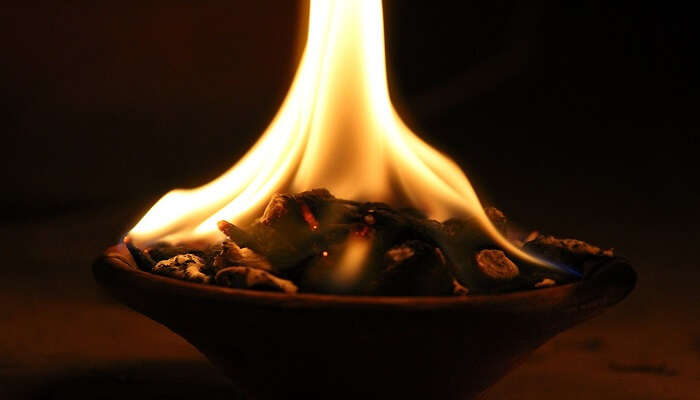
The Kukke Sri Subramanya Swamy Temple is renowned for its powerful pujas to appease the Sarpa Dosha (Serpent Dosha). For over 700 years, Shivalli Madhva Brahmins have meticulously performed these pujas and daily rituals based on the guidance of “Tantra Sara Sangraha” by Madhvacharya.
The temple’s significance is further emphasised by the writings of 16th-century Madhva saint Shri Vadiraja Tirtha, who extolled the temple and the Kumaradhara River in his work “Tirtha Prabandha.” Some of the distinct poojas performed at the temple are:
1. Sarpa Samskara
This important pooja is conducted to mitigate the negative impacts of serpent-related afflictions or doshas. It is believed to alleviate various health issues, particularly fertility and progeny.
The Sarpa Samskara ritual lasts two days. It commences at 7:00 AM and concludes at 12:30 PM on the first day. The second half follows a similar schedule. During these two days, you are prohibited from consuming alcohol or non-vegetarian food. The pooja can accommodate a maximum of four members at a time.
2. Ashlesha Bali
This is a special pooja performed to counteract the adverse effects of the planet Rahu and to seek protection against snake-related problems. It is conducted on Ashlesha Nakshatra days to provide spiritual benefits and protection.
3. Nagaprathishta
This grand and elaborate pooja is dedicated to the Nagas or serpent deities. It is performed to receive blessings from the Nagas and to seek protection from snake-related troubles.
Popular Festivals Celebrated at Kukke Subramanya Swamy Temple
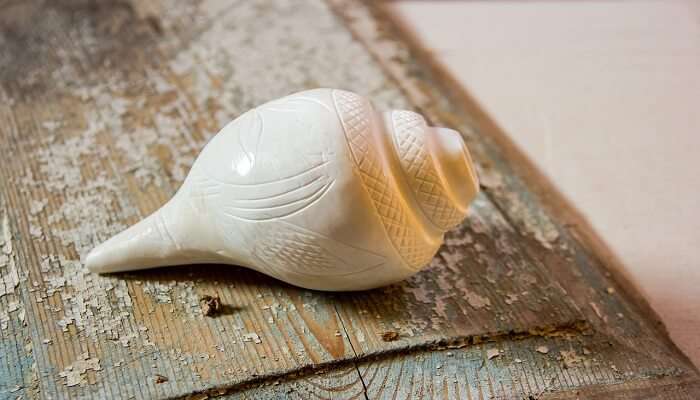
One of the major festivals celebrated at the Kukkuteswara Subramanya Swamy Temple is the Subramanya Shashti festival. This fun and exciting festival has big parades, music, dancing, and special ceremonies.
But beyond the festivities, the essence of Subramanya Shashti lies in honouring Lord Subramanya (also known as Murugan or Skanda). This festival commemorates his victory over the demon Tarakasura, symbolising the triumph of good over evil.
Other important festivals include Sashti Rathotsava, Ratha Sapthami Utsava, Vishnu Sankramana Utsava, and Nagara Panchami. Each festival makes the temple feel more spiritual and gives people a unique cultural experience.
Suggested Read: Triyuginarayan Temple
Kukke Subramanya Swamy Temple: How to Reach
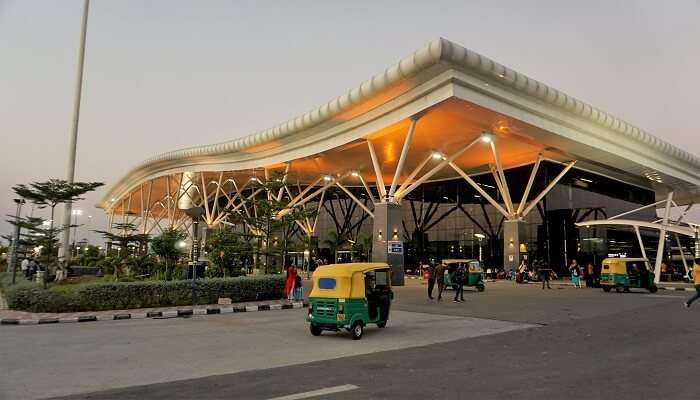
Reaching Kukkuteswara Subramanya Swamy Temple is relatively accessible by various modes of transportation. Below is how you can reach this sacred pilgrimage site:
By Road
You can take a bus from Bengaluru, Mysore, or Mangalore, run by the KSRTC. The buses ply daily. You can also drive your car.
By Rail
The temple is about 12.4 Km away from the Subrahmanya Road train station. You can board a train from Bengaluru, Mysore, or Mangalore. Upon arrival, you can easily reach the temple by taxi or local transport.
By Air
The nearest airport to Kukke Subramanya is the Mangalore International Airport (IXE), approximately 115 Km away. You can hire a taxi or take a bus from the airport to reach the temple town.
Kukke Subramanya Swamy Temple: Opening and Pooja Timings
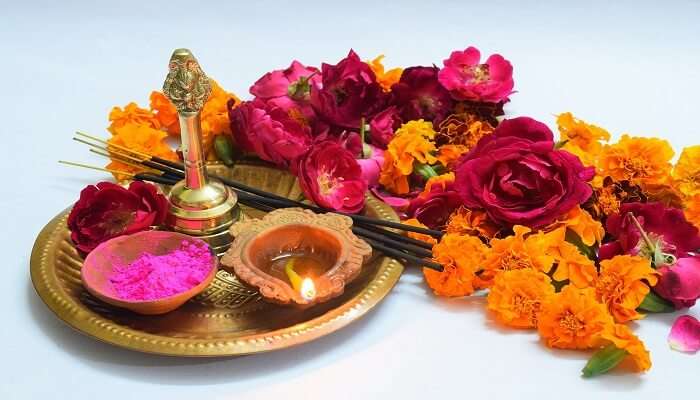
Below are the temple’s opening hours and timings for various poojas:
| Event | Timing |
| Temple Opening Hours | 6:00 am |
| Govu Pooja | 5:00 am |
| Ushakala Pooja | 5:30 am to 6:00 am |
| Sevas | 6:30 am to 10:00 am |
| Kalasha Pooja | 10:00 am to 12:15 pm |
| Panchamrutha Abhishekam | 10:00 am to 12:15 pm |
| Archana | 10:00 am to 12:15 pm |
| Maha Naivedyam and Maha Mangala Harathi | 11:30 am to 2:00 pm |
| Anna Santharpane | 11:30 am to 2:00 pm |
| Theertha Prasada Distribution | 12:30 pm to 1:30 pm |
| Temple Closing Hours | 1:30 pm to 3:30 pm |
| Temple Reopens | 3:30 pm |
| Hanukai Seva | 3:30 pm to 6:00 pm |
| Nisha Pooja and Maha Mangala Harathi | 6:00 pm to 7:45 pm |
| Theertha Prasada Distribution | 7:45 pm to 8:30 pm |
| Temple Closing Hours | 8:30 pm |
Suggested Read: Meenakshi Temple
Kukke Subramanya Swamy Temple: Dress Codes
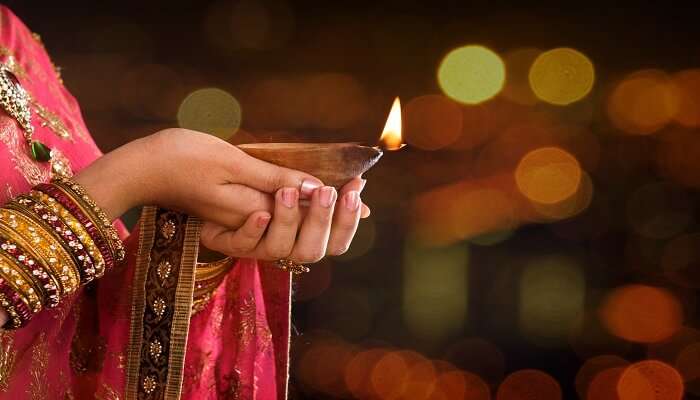
When visiting Kukke Subramanya Swamy Temple, it’s important to adhere to the dress code guidelines to respect religious traditions and maintain the sanctity of the temple premises. The dress code is as follows:
- For men, attire options include white pancha, dhoti, normal pants, or jeans.
- For women, sarees with blouses, Punjabi dresses with dupattas, churidars with dupattas, and half sarees are all suitable options.
Kukke Subramanya Swamy Temple: Do’s and Don’t
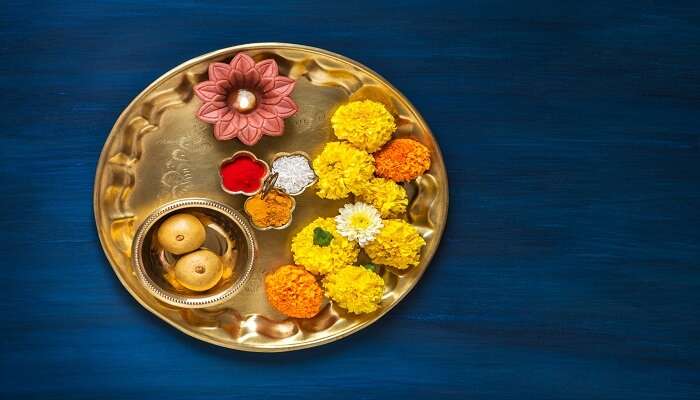
Located in Karnataka, the Kukki Subramanya Swamy Temple is revered by devotees. Here are some important guidelines to follow when visiting:
Do’s
- Dress in proper attire.
- Maintain a fast until the completion of the Naga Pratishta Pooja.
- Engage in popular rituals such as Ashlesha Bali and Sarpa dosha parihara.
- Immerse yourself in the Kumaradhara River before proceeding to the temple for darshan.
Don’ts
- Pregnant women are advised not to perform the Naga Pratishta Pooja.
- Women who are within 3 days of their menstrual cycle should refrain from performing this pooja.
- Don’t wear revealing or inappropriate clothing. Dress modestly, covering your shoulders and knees.
- Don’t engage in loud conversations or disruptive behaviour.
Further Read: Temples In India
Kukki Subramanya Swamy Temple is a testament to India’s rich cultural heritage, offering a truly enriching and transformative experience for devotees and visitors alike. Whether you seek blessings, cultural exploration, or a moment of tranquillity, this sacred site offers an experience transcending time.
Are you ready to venture on a journey to this timeless wonder? Plan your trip to Karnataka today. Immerse yourself in the rich cultural heritage of Karnataka and create memories that will last a lifetime. Don’t miss out on this unique opportunity to connect with the divine today!
For our editorial codes of conduct and copyright disclaimer, please click here.
Cover Image Source: Shutterstock
Frequently Asked Questions About Subramanya Swamy Temple
Why is the Subramanya temple famous?
The Subramanya temple, also known as the Kukke Subrahmanya Temple, is famous for enshrining Lord Subramanya, who is considered the lord of all serpents. The temple People visit this temple seeking relief from serpent-related afflictions.
What are the six temples of Subramanya Swamy?
The Six Abodes of Murugan, also known as the Arupadai Veedu, are six temples in Tamil Nadu dedicated to the Hindu deity Murugan. They are located at Thiruparankundram, Tiruchendur, Palani, Swamimalai, Tiruttani, and Pazhamudircholai.
Which God is in the Subramanya temple?
Lord Subramanya, also known as Kartikeya, is the God enshrined in the Subramanya temple. He is the son of Lord Shiva and Parvati.
Which day is good for Subramanya Swamy temple?
The best day to visit Subramanya Swamy temple is Tuesday, seen as an auspicious day.
Are Murugan and Subramanya the same?
Yes, Murugan and Subramanya are considered the same Hindu deity. Murugan is the more common name in Tamil Nadu, while Subramanya is prevalent in Karnataka and other regions.
People Also Read:
Wat Phra That Doi Suthep Meenakshi Temple Wat Rong Khun

Experience the world through captivating stories of adventure and travel. As a senior content writer, I bring my passion for exploration to life, crafting tales that take you on a journey. With my words, you’ll feel the thrill of discovery and the joy of experiencing new cultures. Let me turn your imagination into a reality with stories that inspire you to explore and embrace the world.



